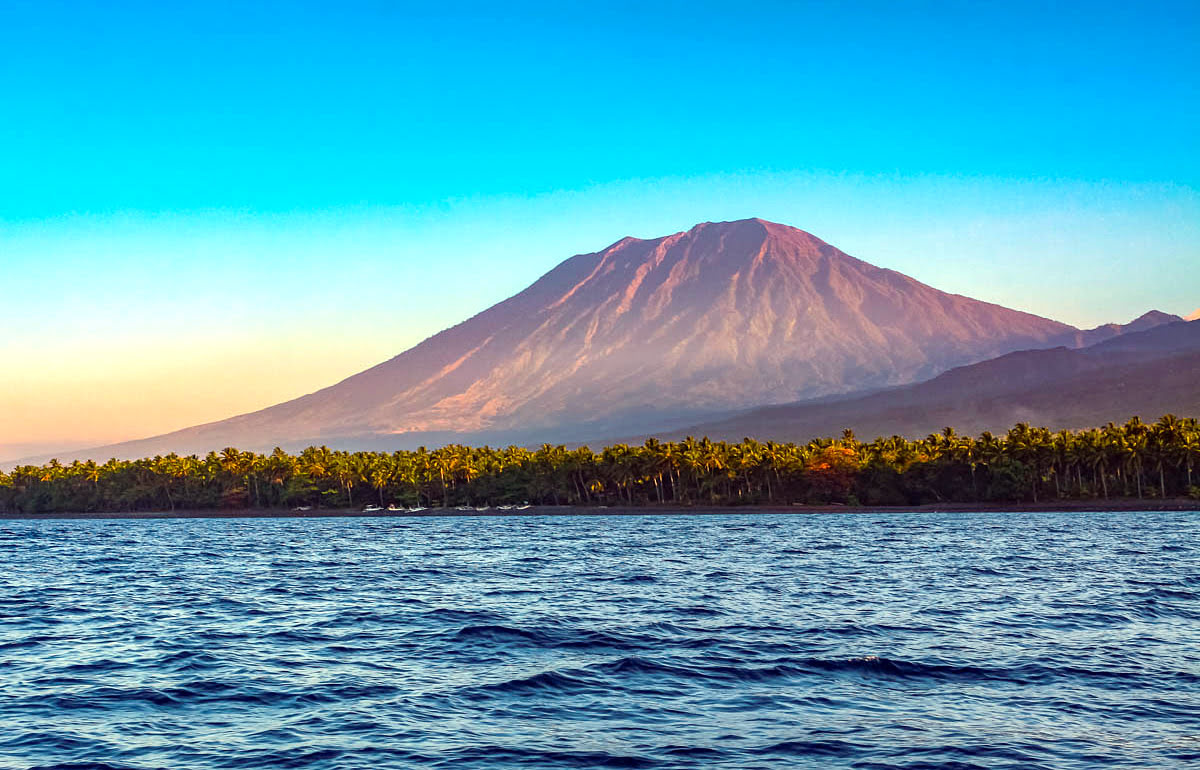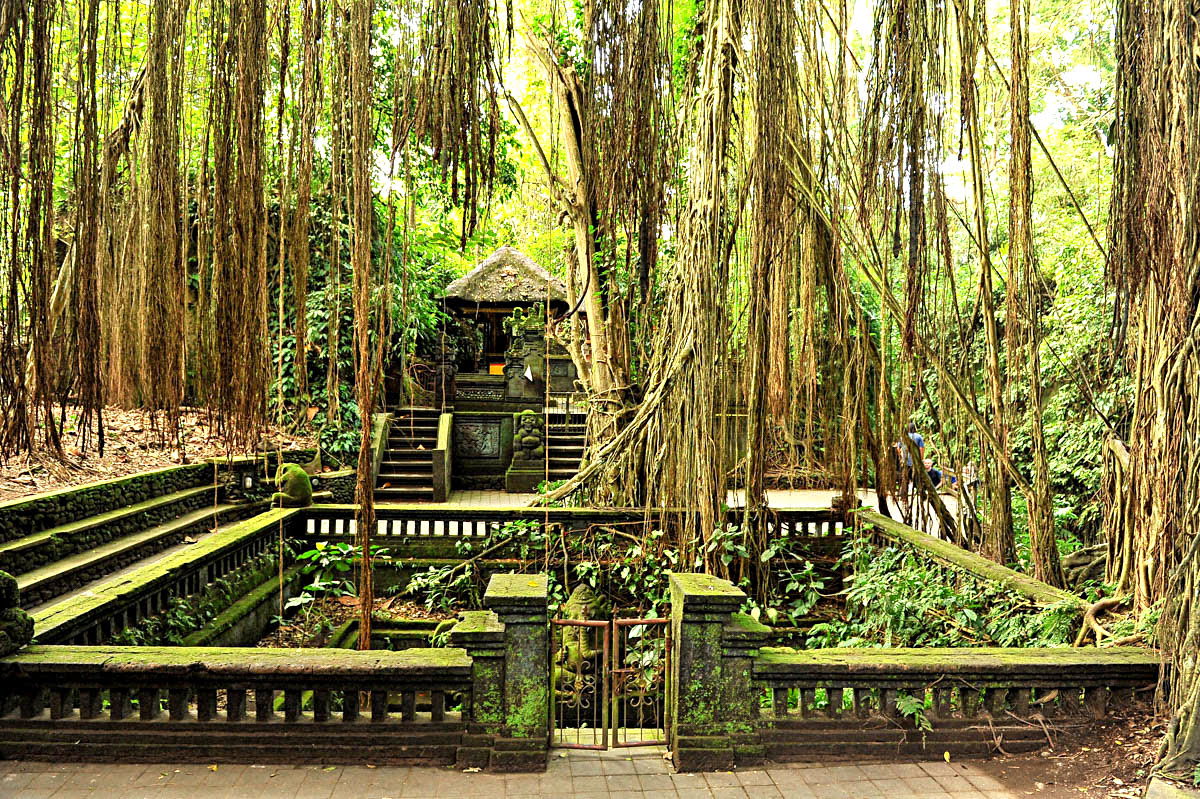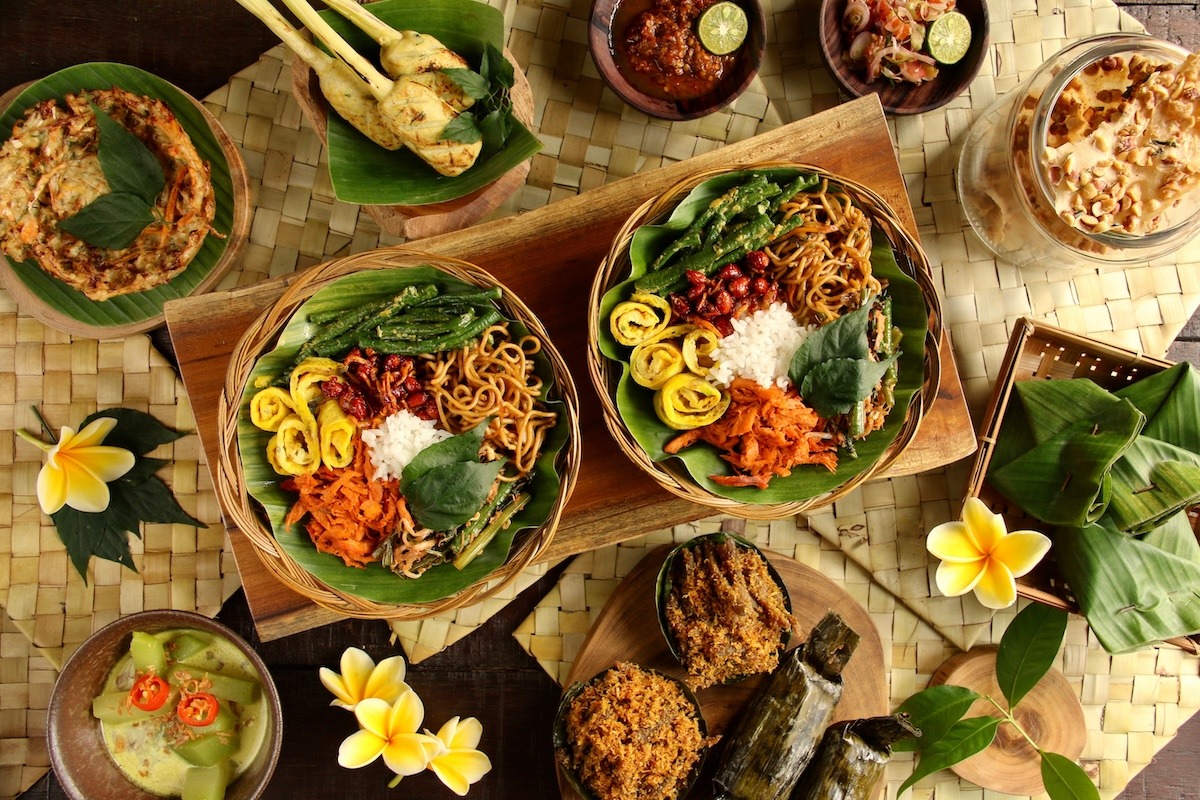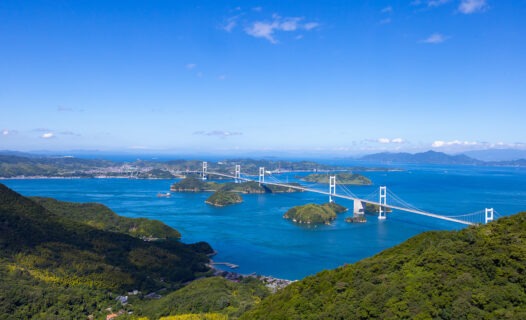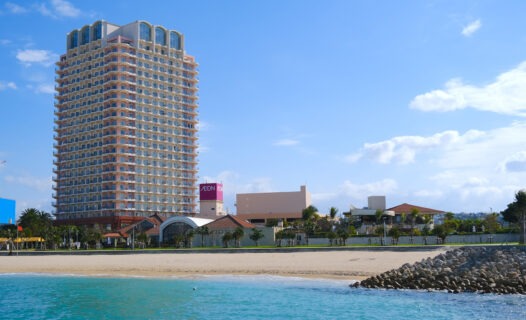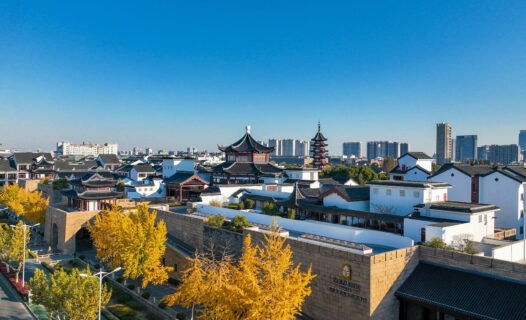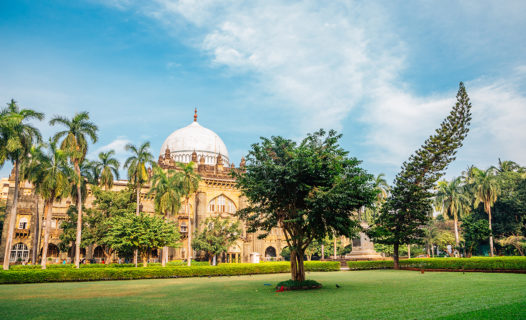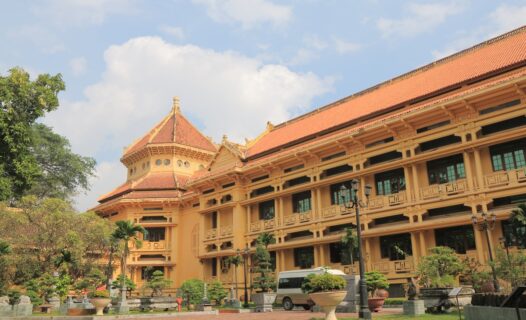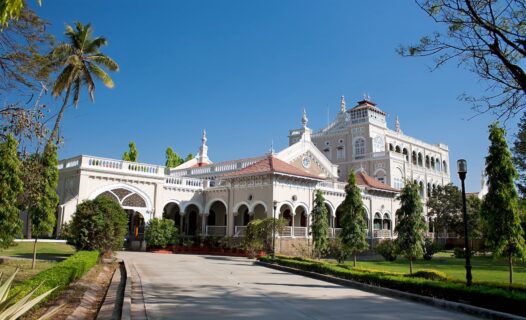Bali, an island known for its spiritual ambiance, lush landscapes, and stunning temples, hosts one of the most mystical and picturesque spots: the Gate of Heaven, also known as Pura Lempuyang. This travel guide will give you everything you need to know about visiting this stunning site, from practical tips to cultural and historical insights.
What is the Gate of Heaven?
The Gate of Heaven is part of the sacred Lempuyang Temple, locally known as Pura Lempuyang Luhur. This temple is one of the oldest and most highly regarded in Bali. Situated in East Bali, it offers a breathtaking view, especially during sunrise and sunset, making it a popular spot for tourists and photographers alike.
A Brief History of Pura Lempuyang
Lempuyang Temple is one of Bali’s oldest and most revered temples, a part of the Sad Kahyangan Jagad, the six sanctuaries of the world. The temple predates the majority of Hindu temples in Bali. While the exact date of its creation remains unclear, it’s believed to be older than Besakih Temple. The temple’s name, ‘Lempuyang,’ means ‘light,’ and it’s long been considered a spiritual refuge.
Best Times to Visit
The best times to visit the Gate of Heaven are early morning and late afternoon. Early mornings are particularly recommended for photographers aiming to capture the serene reflection of Mount Agung through the gateway. Arriving early also helps avoid the crowds, ensuring a more peaceful experience.
Climate and Weather Tips
Bali has a tropical climate with two primary seasons: the dry season (April to September) and the wet season (October to March). The dry season is usually preferable for a visit to the Gate of Heaven. Be prepared for high humidity and pack comfortable, breathable clothing.
How to Get There
Pura Lempuyang is located in East Bali, about 2 hours from Ubud and 3 hours from Kuta. To reach the temple, you can hire a private driver, rent a scooter, or join a tour group. The journey involves a steep hike of over 1,700 steps to the top, though there are shuttle services available for those who prefer a less strenuous option.
Transportation Options
- Private Driver: The most comfortable option, allowing flexibility in your schedule.
- Scooter Rental: An adventurous and budget-friendly choice, though not recommended for inexperienced riders due to narrow and winding roads.
- Tour Groups: Convenient for those who prefer a guided experience, often inclusive of other nearby attractions.
What to Expect
Upon reaching the temple, you’ll be greeted by the iconic split gate with Mount Agung standing majestically in the background. This spot is famously known as the “Gate of Heaven.” Due to its popularity on social media, expect a queue for taking photos, especially during peak tourist seasons. Remember, you’re visiting a working temple; respect local customs by wearing appropriate attire (sarongs and sashes).
Photography Tips
- Arrive early to capture the soft morning light and avoid long photo queues.
- Use wide-angle lenses to capture both the gate and Mount Agung.
- If you have a drone, ensure you’re complying with local regulations before flying it.
Day-by-Day Itinerary for a Week in Bali
To help you make the most of your time in Bali, here is a suggested itinerary that includes visiting the Gate of Heaven and other attractions:
Day 1: Arrival in Bali
Arrive at Ngurah Rai International Airport in Denpasar. Check into your hotel and spend the rest of the day relaxing and exploring the local area.
Day 2: Ubud Exploration
- Visit the Sacred Monkey Forest Sanctuary
- Explore Ubud Art Market
- Watch a traditional Balinese dance performance at Ubud Palace
Day 3: Day Trip to Pura Lempuyang (Gate of Heaven)
- Depart early from Ubud
- Climb to the Gate of Heaven
- Visit nearby Tirta Gangga Water Palace
Day 4: Batur Volcano and Hot Springs
- Sunrise trek up Mount Batur
- Relax in the natural hot springs at Toya Devasya
Day 5: Nusa Penida Island
- Take a day trip to Nusa Penida
- Visit Kelingking Beach, Angel’s Billabong, and Broken Beach
Day 6: Relax at Seminyak Beaches
- Spend the day at Seminyak Beach
- Enjoy a beachside dinner at one of the many upscale restaurants
Day 7: Departure or Extend Your Stay
Depending on your schedule, you can either depart Bali or extend your stay to explore more of this beautiful island.
Cultural and Historical Insights
Understanding the cultural and historical context of Pura Lempuyang can greatly enhance your visit. This temple, part of the Sad Kahyangan Jagad, is considered one of Bali’s six mountain temples. The temple complex, including the iconic Gate of Heaven, symbolizes the balance between man, nature, and the cosmos.
Local Customs and Etiquette
- Dress modestly: Sarongs and sashes are mandatory and can usually be borrowed at the entrance.
- Maintain silence and solemnity, as this is a place of worship.
Safety and Practical Information
As you plan your visit, here are some practical tips to ensure a smooth and enjoyable experience:
- **Stay hydrated:** The hike can be strenuous, so carry plenty of water.
- **Be cautious on steps:** They can be slippery, so wear appropriate footwear.
- **Worship areas:** Respect restricted areas where only worshippers are allowed.
Photography Tips and Etiquette
The Gate of Heaven is one of Bali’s most photographed spots. To capture the best shots:
- Use a tripod: For steady landscape photos.
- Timing: Visit early in the morning for the best lighting.
- Respect: Be mindful of others waiting for their turn.
Culinary Delights Nearby
After your visit, enjoy local Balinese cuisine at nearby eateries. The Warung Lempuyang offers traditional dishes like nasi goreng and sate lilit, providing a perfect end to your temple tour.
Sustainability and Conservation
As tourism to the Gate of Heaven increases, it’s essential to practice sustainable travel:
- Carry reusable water bottles: Reduce plastic waste.
- Stay on marked paths: Protect the natural surroundings.
- Respect local customs: Contribute to preserving cultural heritage.
Visiting Bali’s Gate of Heaven is a transformative experience, offering breathtaking views and deep cultural insights. Whether you’re drawn by its photogenic beauty or spiritual significance, this guide aims to make your journey as rewarding as possible.



